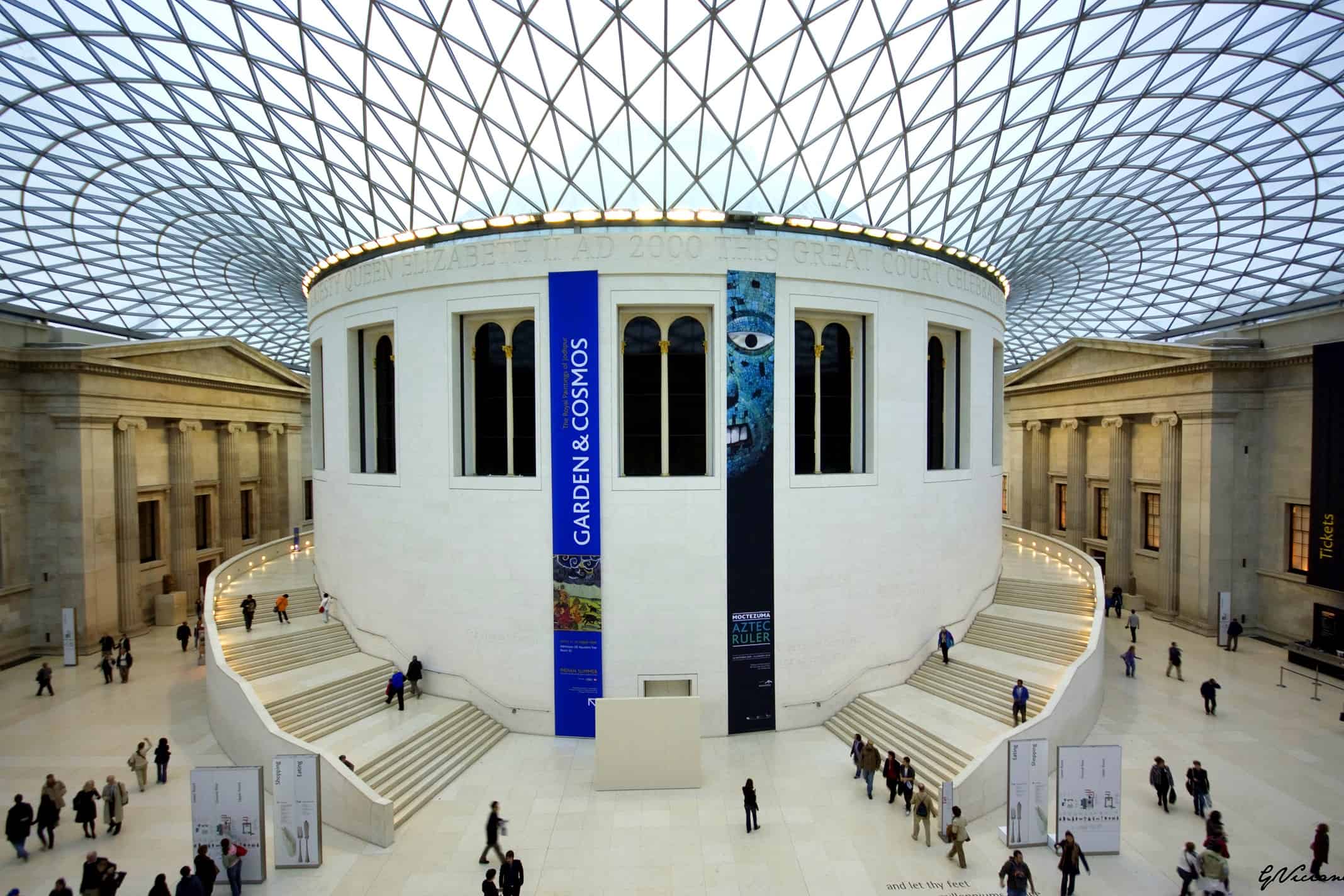When in London, there are a lot of things that merit travellers spending their hard earned money, like pints among pints of English beer in pubs, for example. However, if there is one thing that visitors shouldn't be spending their money on, it is museums. It is not that London museums aren't worth it, it is more that there are plenty of free museums in the city that don't cost a penny. Some of the best museums in the United Kingdom are free of admission in London so visitors can still enjoy the culture while saving precious money for rounds at the local tavern.
The Natural History Museum
 https://www.flickr.com/photos/scottsimphotography/
https://www.flickr.com/photos/scottsimphotography/
Within this handsome Alfred Waterhouse building in Knightsbridge, the Natural History Museum houses a massive collection of 70 million plant, animal, fossil, rock and mineral specimens that document the history of our world. While the light blue and terracotta facade of the building almost prepares visitors for the grandeur that is within, being confronted with the full scale Diplodocus skeleton in the vast entrance hall soon shows how it pales in comparison.
From the entrance hall, visitors can head to the west wing of the museum, or the Blue Zone, as it is so called. Within the Blue Zone, crowds of visitors line up to see the magnificent animatronic dinosaurs on display including the enduringly popular life size T-Rex. The Green Zone features bugs, birds and the ability to walk through a giant Sequoia tree while the Red Zone presents earth's treasury of precious stones and minerals on display.
The newest addition to the Natural History Museum is its Darwin Centre that features a massive eight-story cocoon where the museum's research scientists can be watched while they work on the next great discovery in the field of Natural History.
During the months of April through October, visitors can even continue the museum experience outside with the Wildlife Garden that showcases a range of British lowland habitats through its flora and fauna.
The National Gallery
 https://www.flickr.com/photos/flcherb/
https://www.flickr.com/photos/flcherb/
Founded in 1824 on just a humble collection of 36 paintings, the National Gallery has grown to become the home of more than 2,000 works from all over the world. Masterpieces from almost every European school of art reside here from the old masters to the contemporary creators. The most modern wing of the National Gallery, the Saintsbury Wing, houses the earliest works in the gallery's collection. This includes works from Giotto and Piero della Francesca as well as a series of temporary exhibits in the basement.
The West Wing is filled with the masterpieces of the Italian Renaissance. Works by Correio, Titian and Raphael grace the walls with their classical beauty. The North Wing of the National Gallery belongs entirely to the Dutch, Flemish, Italian and Spanish Old Masters from the seventeenth-century.
Separated from the rest of the buildings, the East Wing, only accessible by the street level entrance in Trafalgar Square, houses the gallery's most popular paintings. This oft-visited wing is home to French Impressionists as well as post-impressionists including one of Monet's water lily paintings and a piece from Van Gogh's sunflower series.
The British Museum
 https://www.flickr.com/photos/gviciano/
https://www.flickr.com/photos/gviciano/
As one of the oldest museums in the world, the British Museum's collection is as vast as it is varied. Only a fraction of its artifacts are on display at the time here, which is why this museum merits a return visit every time travellers return to London.
The first time visitors will usually make a bee-line towards some of the more famous and iconic objects such as the Egyptian mummies, the Rosetta Stone and the Lindow Man. However, a relatively unknown treasure to outsiders, but popular among those in the United Kingdom, is the Sutton Hoo burial ship. This Anglo-Saxon relic is the centrepiece of the Sir Paul and Lady Jill Ruddock Gallery that contain all the most exceptional relics from the early medieval collection. The exhibit showcases finds from across Europe dating back to 300 AD, but accenting the Anglo-Saxon relics from England's early history.
Moving on into the museum's Enlightenment exhibit, the area covers the world's history from the mid-eighteenth century to the early nineteenth century. This era was a time of great discovery for Britain and includes the founding of this museum. Over 5,000 objects tell the tale of this age, all on display in the restored former King's Library - a massive neo-classical room built in the 1820's to house the books of King George III.
Finally, in one of the museum's most poignant exhibits within the British Museum, the Living and Dying exhibit chronicles the ways in which people have honoured the deceased after their passing. The exhibition features aspects of burial, mourning and festivals in honour of the dead from throughout history and all around the world. Recently, they have even added an installment on modern Western approaches towards illness and death. From pieces from the ancient Persian Empire to the prehistory of the Middle East and Europe, all aspects of death are displayed. It even goes so far as to examine how the dawn of agriculture affected how humans treated their deceased friends, family and neighbours.


